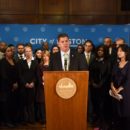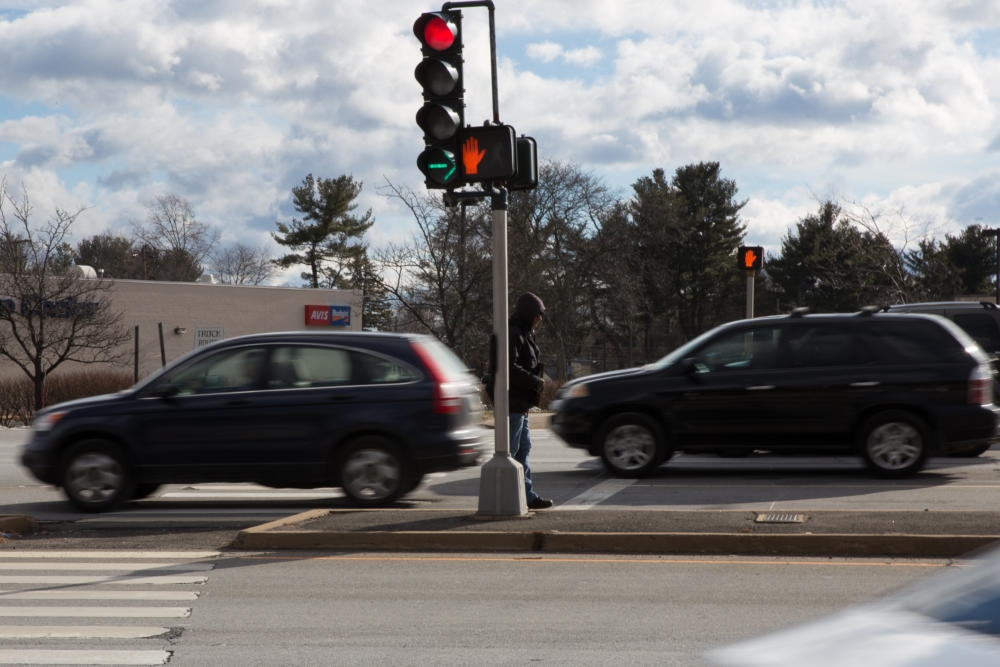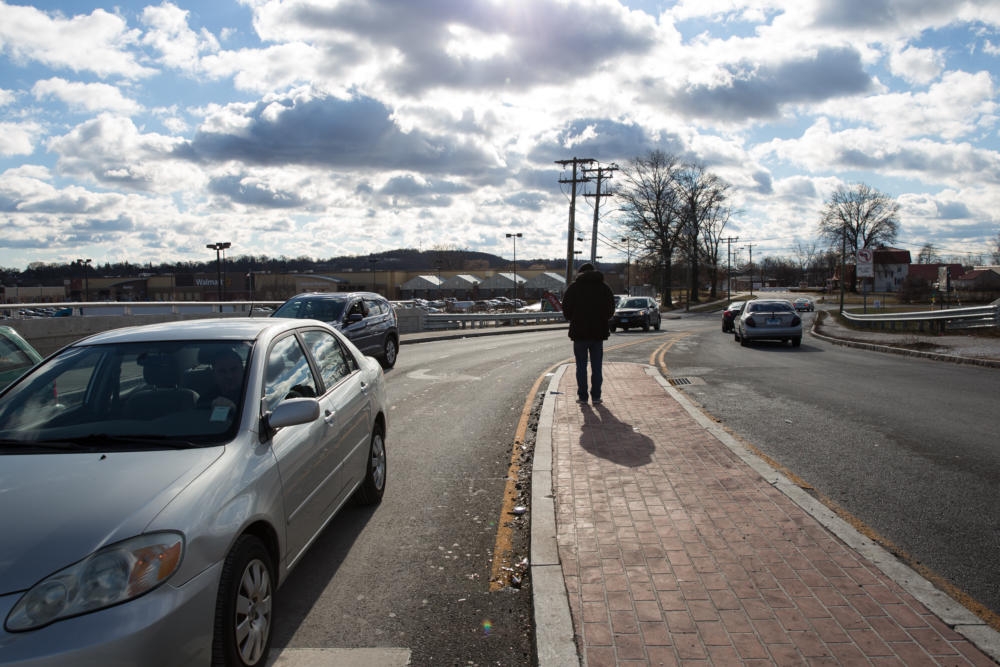All her life, commentator Naomi Shulman has been cautioned by foreign-born relatives: “Don’t forget. Democracy is fragile.” It’s advice that’s somehow been easy for her to dismiss. Until now, she says.
The other morning, I heard Marty Walsh speaking in his unmistakable Boston accent. ‘You are safe,’ he said. He was speaking directly to the city’s immigrant population, which in recent days has had reason to feel nervous. The president has ordered a new border wall, refused refugees from war-torn areas, banned immigration from certain Muslim countries and — notably for cities like Boston and Northampton, where I live — denied federal funds for sanctuary cities, cities that refuse to go after illegal immigrants without due cause.
The morning after the election, my daughter Stella asked if the president elect was going to start deporting people.
‘You are safe,’ I said, as Walsh did recently. ‘We’re citizens,’ I added, ‘and here in Northampton, others don’t need to worry either.’
But I felt a creeping fear; a fear embedded in my DNA. My father’s mother arrived in the United States in the 1930s with her sister Stella, for whom my daughter is named. Her brothers stayed in Europe. The sisters lived; the brothers did not. My mother, born in Munich in 1934, arrived in New York City as a refugee in 1946.
My family history follows me wherever I go. History follows all of us, really. ‘You are safe’ are words I cannot say as a mother without trying to make sure they’re true.
So, along with so many other, I’ve begun taking action — calling legislators, giving to organizations I care about, taking to the streets, shouting, ‘This is what democracy looks like.’
But then the new administration went into high gear. Executive orders were signed with dizzying speed. The wall. The ban. The freeze. After the noisiness of the march, the enforced silence of one governmental agency after the next.
Walsh’s voice cut through that silence. ‘We will not be intimidated…We have each other’s backs,’ he said. ‘We have the Constitution of the United States of America on our side.’
Our new administration has taken foreboding, unprecedented steps. But we have also been reminded what democracy looks and sounds like. It sounds like Mayor Walsh’s thick Boston accent. And it looks like my daughter marching down the street, her hair glinting in the sun.
‘You are safe’ are words we can back up with action. History need not be destiny.”
Commentator Naomi Shulman is a writer living in Northampton, Massachusetts.







